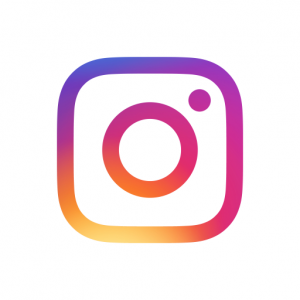If you having ad campaigns for Facebook then it’s important to know whether it is working or not? So, if you are wondering that how you can accurately measure report on Facebook ad then this article can help you out.
About Return on Ad Spend
Return on ad spend is an online advertising method and is pretty much equivalent to return on investment. It is undoubtedly cornerstone metric which can measure success of Facebook advertising and whether or not your marketing campaign is producing positive results for you and your business or is burning hole in bank account. Return on ad spend is overall total revenue which is generated from Facebook ads and this is divided by the total amount spend on ads.
For example, suppose you are spending $50,000 in one month for Facebook ads and as a result generating $150,000 in new sales of your business. With advertising on Facebook there will be less ambiguity in comparison with social media marketing. This is one of the main reasons why return on ad spend is an awesome and powerful channel for marketing. You can even track ROAS down by measuring how much you have generated and how much you put.
How can you measure return on ad spend for your business?
There are two main categories for dividing business which advertise on Facebook –
- Service providers generating leads and then converting potential customers of Facebook through email or phone or any other communication channel.
- Business selling services or products online and customers paying for these services immediately
The process of measuring ROAS is quite easier if you are having business in first bucket. This is because return on ad is tracked directly by Facebook pixel and purchase conversion event. But on other hand, if your business is based on converting customers of Facebook and generating leads then measuring ROAS can be harder. You will need to track leads which are converted manually and cross match is done with data available on your Facebook.
Step 1: Conversion tracking and setting Facebook pixel – It is important that you set up and install Facebook pixel on your business website as well as conversion events. If you are running an Ecommerce business to generate sales then you have to include add to cart, purchase and initiate option. However, if your business is generating leads then you need to install lead generation action.
Step 2: Creating reporting column in Facebook ads manager – Once you have setup event action and pixel, you must create custom reporting column which display key metrics like return on ad spend, number of purchases, value of purchases etc.
Step 3: Determining Facebook ROAS related to purchases – Now it is time to analyze ROAS and purchase metrics in new reporting columns. With analyzing ROAS you will get broader measure about how Facebook advertising is performed and what return you will get.
Step 4: Measuring ROAS for generating leads – In case, if your business fail in second bucket then lead generation is best option. You need to setup lead generation event instead of Ecommerce and purchase event.


